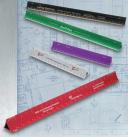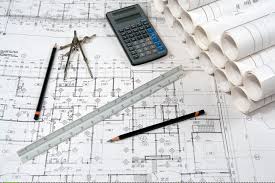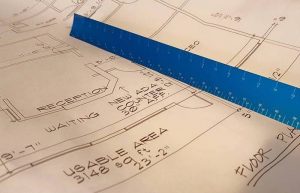Pipe tally books aren’t just for the drilling industry. They are used by many other people to record readings and data in the field. They are small enough for a pocket, and water resistant. Tally Books with your company logo are a great way to “woo” your customers, if they are on this list:
- Oilfield workers and inspectors
- Gas well workers and inspectors
- Engineers
- Survey companies
- Electric power companies
- Contractors
- Geologists
- Railroad workers
- Environmentalists
- Botanists
- Zoologists
- Biologists
- News reporters
- Truckers
Your corporate logo can be put on the front and back cover, even in full color. The new optional “stone pads” look like paper, but they are water resistant, and cannot be torn. If your customers use your tally books, they will look at your logo many times a day. That’s the best way to target your market advertising. They are also made in the USA.









